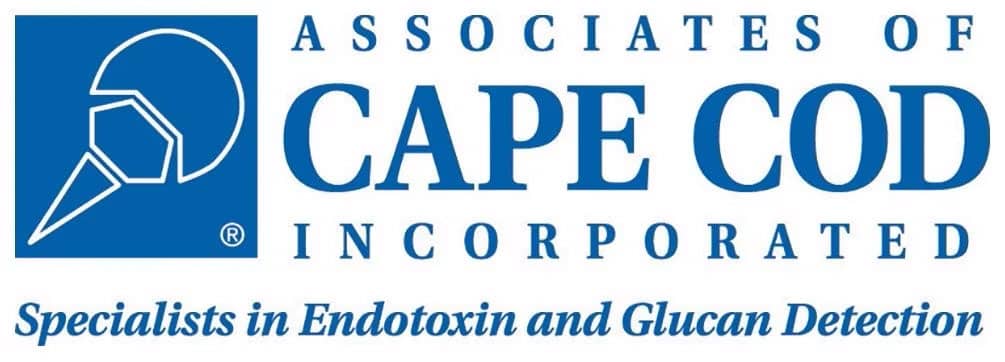
Waters and ACC have united their expertise to tackle the intricacies of Bacterial Endotoxin Testing (BET) head-on. The introduction of an automated approach to BET with the LALbased in vitro endotoxin detection assay, (Pyrochrome®) delivers unparalleled results while significantly reducing manual operations.
It’s far easier to build plates with the Andrew+ robot - and it limits the strain visually, mentally and physically of repeating the same steps over and over again
Rob D’Ordine, Senior Scientist at ACC

What is BET and why Automate?
BET is a mandatory validation step for all injectable drugs, biologics, vaccines, medical devices and implants which all need to be guaranteed as non-pyrogenic. Yet, there are significant amounts of pipetting steps involved to accomplish BET assays. As of such, there are a myriad of critical advantages that laboratories can benefit from by harnessing the cutting-edge automation solution « Andrew+™ » from Waters for the Pyrochrome® BET assay, not the least of which are:
- Automating with Andrew+™ significantly minimizes manual pipetting operations
- Workflows are optimized to ensure a smarter, traceable and more efficient process
- Heightened precision and accuracy are achieved for unparalleled consistency
- Reduced tedium and errors
- Diminished ergonomic risks like Repetitive Strain Injuries (RSI)
Together, these advantages directly translate to increased efficiency and throughput that ultimately boost productivity by
redirecting focus towards higher-value tasks.
Minimizing pipetting steps for an improved working environment
Minimum Number of Pipetting Steps
Preparation and Assay Steps | Pyrochrome achieved MANUALLY | Pyrochrome automated with ANDREW+ |
|---|---|---|
Standard Curve Prep | 8 | 2 |
Standard Curve Transfer to Microplate | 15 | – |
Negative Control Transfer to Microplate | 5 | – |
Sample Transfer to Tubes | 6 | 6 |
Sample Transfer to Microplate | 18 | – |
PPC Transfer to Tubes | 6 | 6 |
PPC Prep | 12 | – |
PPC Transfer to Microplate | 18 | – |
Reagent Reconstitution | 4 | 4 |
Reagent Transfer | 56 | – |
Minimum No. Of Pipetting Steps TOTAL | 148 | 18 |

